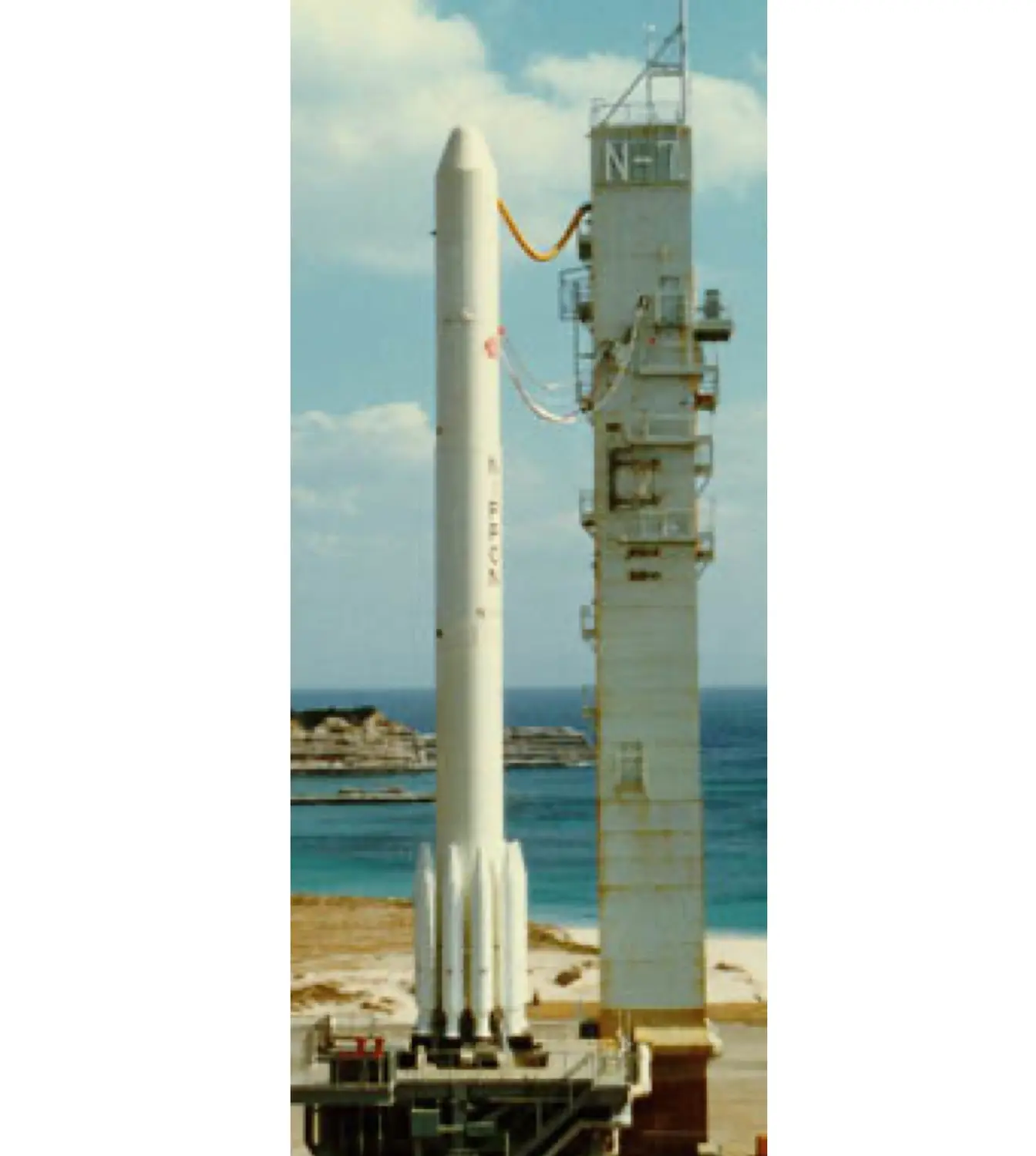/
Himawari 2
Launch Success
Liftoff Time (GMT)
20:03:00
Monday August 10, 1981
Mission Details
Launch Notes
First flight of N-II, and first flight of N-II Star-37E.
Himawari 2
The GMS (Geostationary Meteorological Satellite) built by Hughes Space and Communications Company (HSC) for Japan have provided uninterrupted monitoring of weather conditions since 1977 over more than 65 million square miles of the Pacific Basin - about one-third of the Earth's surface. With Nippon Electric Company (NEC) Corporation of Tokyo as the prime contractor to Japan's National Space Development Agency (NASDA), HSC was the major subcontractor responsible for the development and integration of the spacecraft. The satellites were built at HSC's Integrated Satellite Factory in El Segundo, Calif. The Japanese Meteorological Agency (JMA) is the end user and is responsible for operations. GMS collects and distributes weather data to other Asia Pacific countries and contributes to weather forecast services in countries from Australia northward to China, including Japan, Burma, Indonesia, Korea, Laos, Malaysia, Mongolia, New Zealand, the Philippines, Taiwan, Thailand, Tibet, and Vietnam. In addition, GMS is an important link in the World Weather Watch, described by meteorologists as the most detailed study of the Earth's atmosphere ever attempted. Approximately 145 countries contribute daily surface and atmospheric measurements to the effort.
Geostationary Transfer Orbit
1 Payload
296 kilograms
Rocket

Launch Site
Stats
N-II
2nd
Mission
2nd
Mission of 1981
1981
78th
Orbital launch attempt
